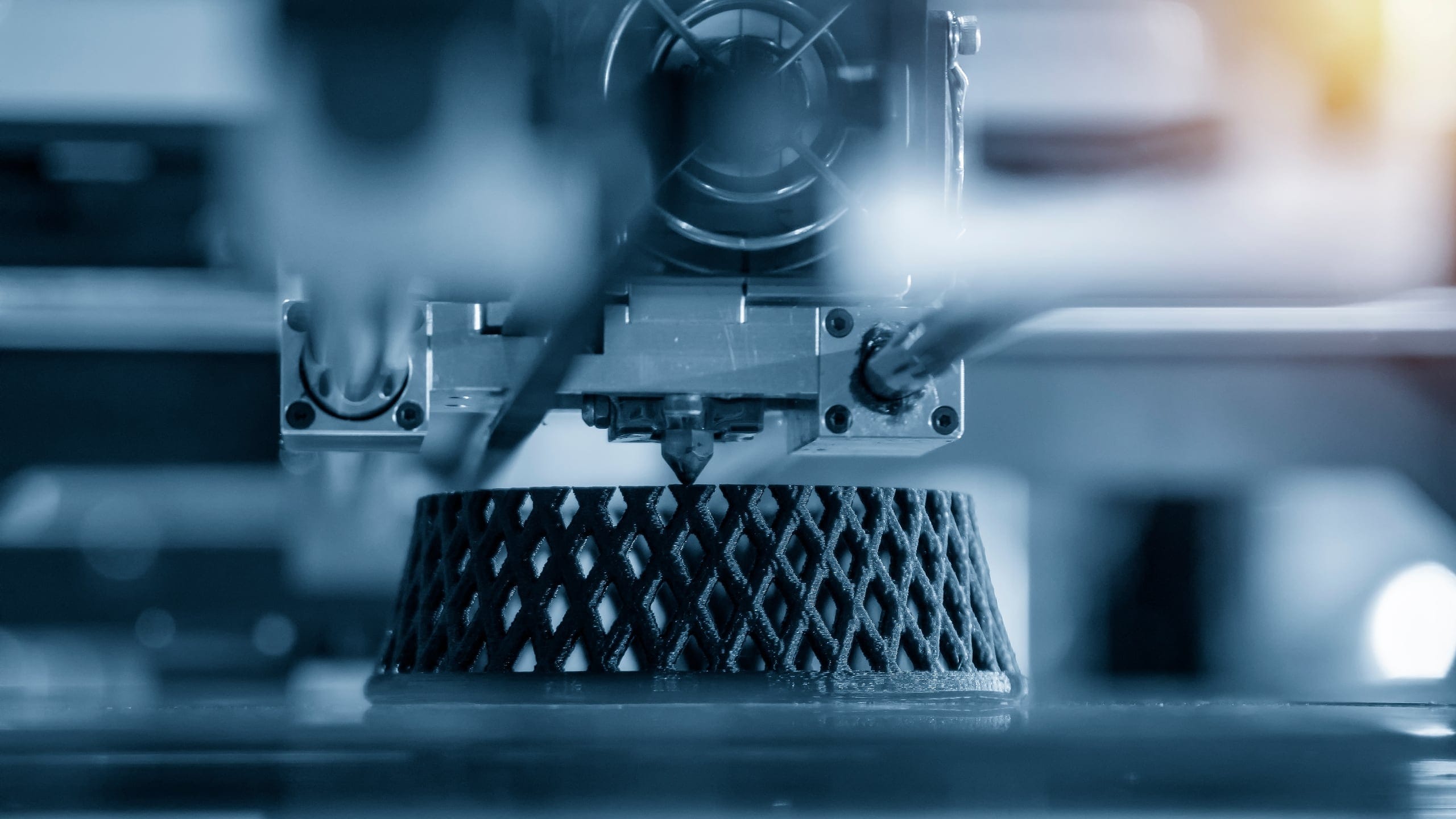
Feasibility of a downhole welding construction/repair tool using 3D printing/welding technology
Project Summary
A fast and effective solution is required to repair holes (leak paths) in downhole production tubulars and casing. Repairing downhole leak paths or else using preventative cladding prior to any loss of integrity in the string are preferred to costly string recovery or plugging and abandonment of wells. Current repair methods include using hydraulically or mechanically expanded liners to isolate the leaking or corroded area, using elastomers and an expanded sleeve. This usually reduces the tubing/casing internal diameter and can lead to impairment of production performance. A secondary consideration in expanded sleeve repairs is temperature cycling impacting elastomer seal life. Down well welding is a not yet developed technology that could offer an alternative repair methodology by creating a reliable at depth metal-to-metal repair/seal for the life of the well.
NZTC supported a desktop study to establish whether a downhole welding construction/repair tool is feasible using 3D printing/welding technology.
Industry value:
Downhole repairs could realise significant value by removing the need to pull and replace damaged or badly corroded casing strings, extending the production life of existing well stock, reducing opex, maximising economic recovery and minimising emissions associated with compromised well integrity.
Key results:
A feasibility report produced detailing welding, mechanical and electrical input requirements for designing a suitable tool. The study established that a downhole tool/method is feasible and set out the required budget and design.
The study identified hyperbaric metal inert gas welding (MIG), one of several welding techniques that use electricity to melt and join pieces of metal, as the additive manufacturing process which has the potential to be developed and deployed for downhole tubular repair. Welding offers the capability to bridge gaps, allow effective repair of eccentric casing/tubulars, and can withstand thermal cycling. It can also affect a metal-to-metal seal for a reliable, life-of-well solution.
Costs can be saved by:
- Increased duration of production for marginal wells
- Repairing conduits, which avoid having to pull and replace completions
- Reduction in opex through replacing workovers with small scale intervention campaigns
- Reduction in GHG through reduced operational activities.
Key requirements to enable a downhole welding method include:
- Development of an appropriate hyperbaric welding power source for downhole application
- Miniaturisation of key drive/control electronics
- Operation at temperatures of 80-100°C
- Miniaturisation of welding module for base case ID
- Miniaturisation of downhole control pods for application at operating depth
- Validation of dry hyperbaric MIG welding on base case materials/environmental/surface conditions
The project successfully demonstrated that a downhole welding tool is feasible and could be relevant to a huge number of functions downhole. As well as tubing repairs, applications for plug and abandonment and drilling while casing could be possible. The technology can also be used as a preventative measure to avoid having to repair tubings by internally cladding problematic areas.
Lessons learned:
The application of additive manufacturing to repair leak paths and/or clad internal tubulars and casings downhole, is achievable within a two-year time frame.
Downhole Energy now have a comprehensive understanding of this technology and how it would function. Unlike competing technologies, the solution provides the integrity of a weld which is already used in very similar environments subsea. The continued development of the project will result in vast cost savings for the industry.
Let's work together
"Required" indicates required fields
